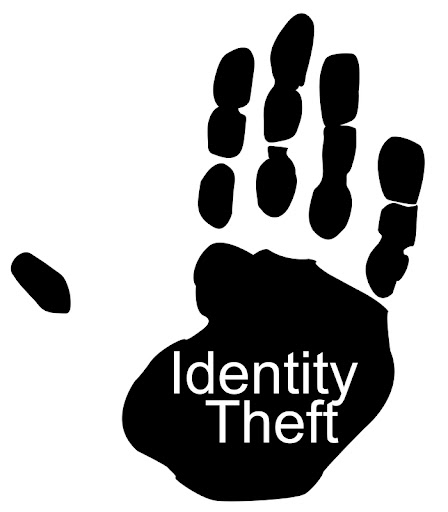
The annual Identity Management Day was held on April 11 to celebrate the importance of identity management. Identity information is incredibly valuable to cybercriminals and, when stolen, can allow unauthorized access to university systems and data.
According to the 2022 Ponemon Institute State of Cybersecurity Report, 54% of security incidents are caused by credential theft.
ITS Information Assurance offers some best practices to safeguarding your login credentials:
- Configure the security settings on your devices and apps. Every time you sign up for a new account, download a new app, or get a new device, immediately configure the privacy and security settings to your comfort level. Check the settings on old accounts and delete any apps or accounts you no longer use.
- Think before you click. If you receive an enticing offer via email or text, don’t be so quick to click on the link. Instead, go directly to the company’s website to verify it is legitimate. If you’re unsure who an email is from—even if the details appear accurate—or if the email looks “phishy,” do not respond and do not click on any links or open any attachments found in that email as they may be infected with malware.
- Update the software on your personal computer. In addition to your computer, keep the software on all your internet-connected devices – including smartphones and tablets – current to reduce risk of infection from ransomware and malware.
Learn more about compromised accounts and what to do if you suspect your U-M credentials have been stolen on the Safe Computing website.
